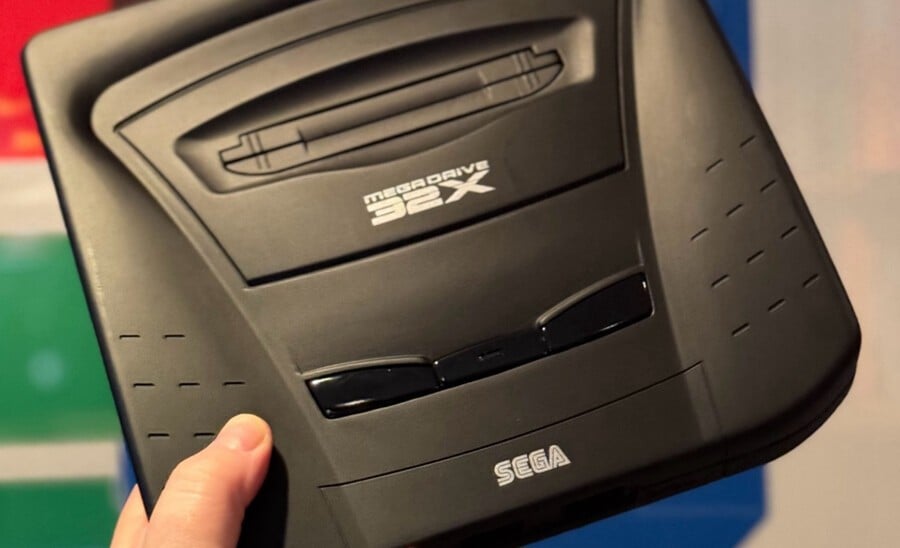
While you could certainly argue that Sega behaved like a headless chicken for much of the mid-1990s when it came to questionable hardware releases, one of its canned systems, the Neptune, would have been really cool to own.
A Mega Drive / Genesis combined with a Sega 32X, it was positioned as an alternative to the incoming Saturn. As we're sure you'll recall, the standard 32X was bolted onto the top of the original Genesis and connected via a jungle of leads and cables (which got even worse if you decided to add a Sega CD), so the Neptune would have presented a cleaner, more straightforward option for consumers – had it actually been released.
Sega pulled the plug on the console when it became abundantly clear that the 32X was a non-starter and the existing Genesis / Sega CD market was cratering. Instead, it focused its energies on Saturn, which it should have perhaps done from day one.
Despite being little more than a footnote in Sega's history, the Neptune has become such a focal point for collectors that we've seen massive strides made in recreating the system in recent times, with people creating bespoke motherboards and high-quality shell reproductions.
Friend of the site Jake Smith recently commissioned talented modder and console repair expert Simon Lock to create one such machine, and the end result is pretty stunning.
"Jake asked if I would build a Neptune – as in 32X board sandwiched into a MD2 + 3D shell – I said no, not my thing," Lock tells us. "But a friend @cosam_the_great was looking at doing a replacement PCB, and if that came to fruition, if he wanted to risk being a guinea pig with donor 32X and MD2 hardware, I would consider building it."
This was not an easy task, it turns out. "This was a functioning prototype and build by hand," continues Lock. "We had no guarantee that it was going to work or work without issue. It took a few days to build from scratch then upwards of three weeks troubleshooting; resolving component value discrepancies, some build mistakes, Mega-CD compatibility and schematic mistakes."
The final console is a thing of beauty – and insanely expensive. "Final cost in terms of labour/time and parts was ridiculous," says Lock. "Jake insisted and settled on a cost to compensate for my efforts in the build. We are talking in excess of £1K. This does not include the 32X, MD2 or the shell procurement. If you include everything, you are looking at nearly £2K." That's just shy of $2,600 if you're in the US. Gulp.
So, before you start hammering Lock's social media accounts with requests for your very own Neptune, keep that price in mind – and the fact that there are only six of these systems in existence right now. "Cosam has built one working unit, I have built three, and another friend has built two," Lock concludes.
If you don't fancy shelling out all of that cash, then you could always wait for the unofficial FPGA Neptune console.
